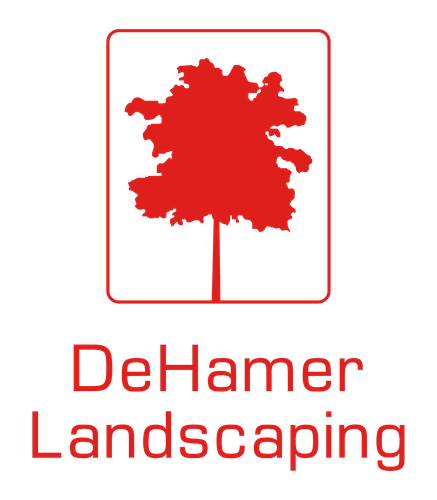The increase in a home’s value due to landscaping can vary depending on several factors such as location, the quality of the landscaping, and the preferences of potential buyers. However, studies have shown that a well-designed and maintained landscape can contribute to an increase in a home’s value by an estimated 5% to 20%.
A study conducted by the National Association of Realtors (NAR) found that landscaping can have a significant impact on the perceived value of a property. Additionally, a survey by the HomeGain website reported that an investment in landscaping can provide a return on investment (ROI) of up to 150%.
It’s important to note that the value added by landscaping is not solely determined by the cost of the landscaping project itself. Factors such as the overall appeal, functionality, and maintenance requirements of the landscape can also influence the perceived value.
To maximize the potential increase in your home’s value, it’s advisable to focus on creating a well-designed and visually appealing landscape that complements the architectural style of your home, utilizes high-quality materials, and incorporates sustainable and low-maintenance features. Consulting with a professional landscaper can help you make informed decisions and achieve the best possible outcome for increasing your home’s value through landscaping.

